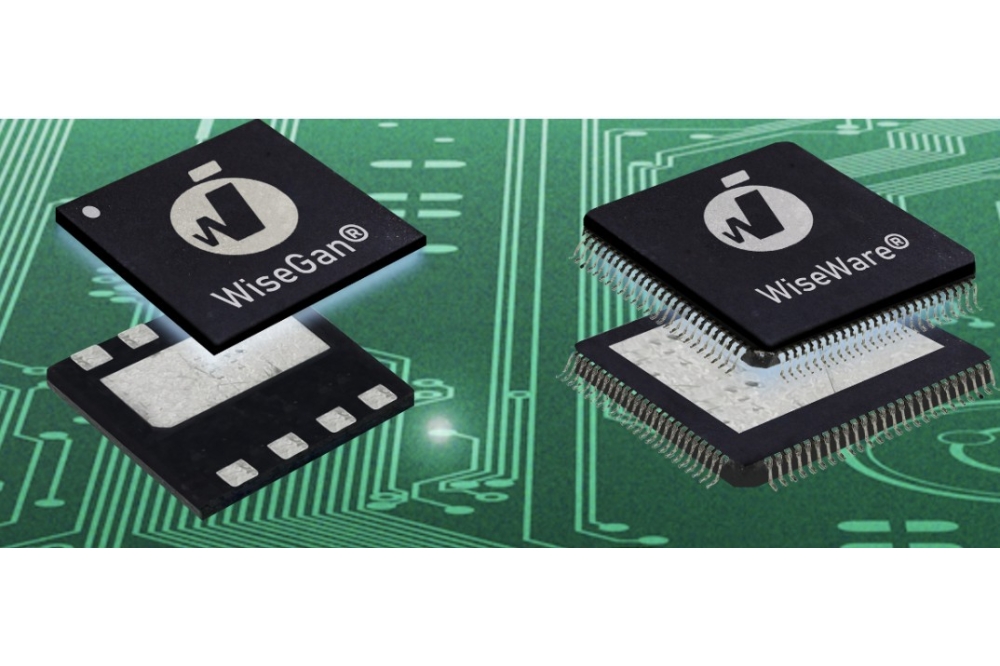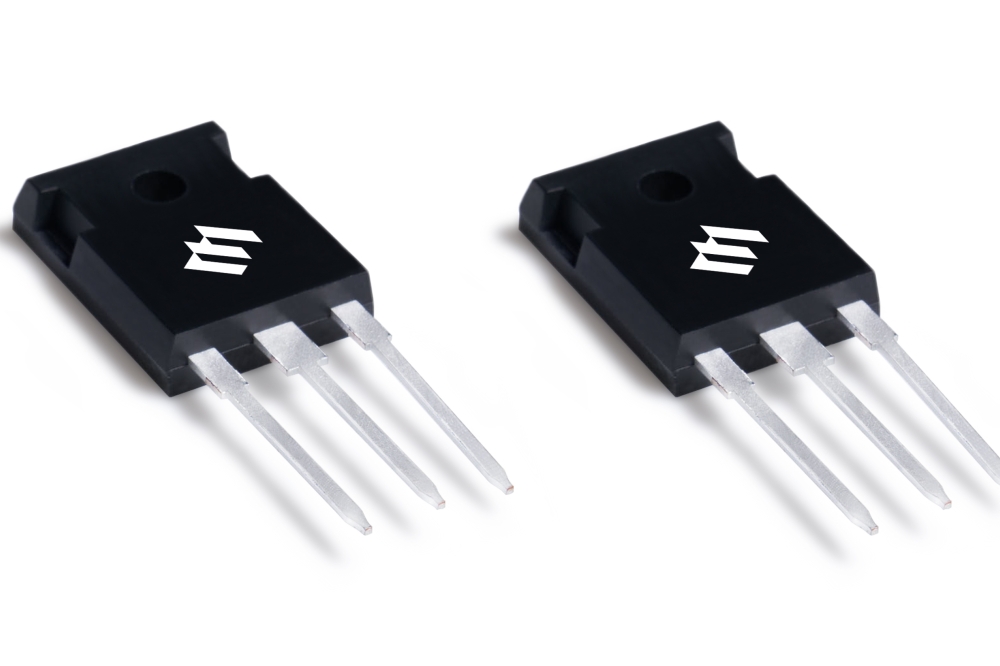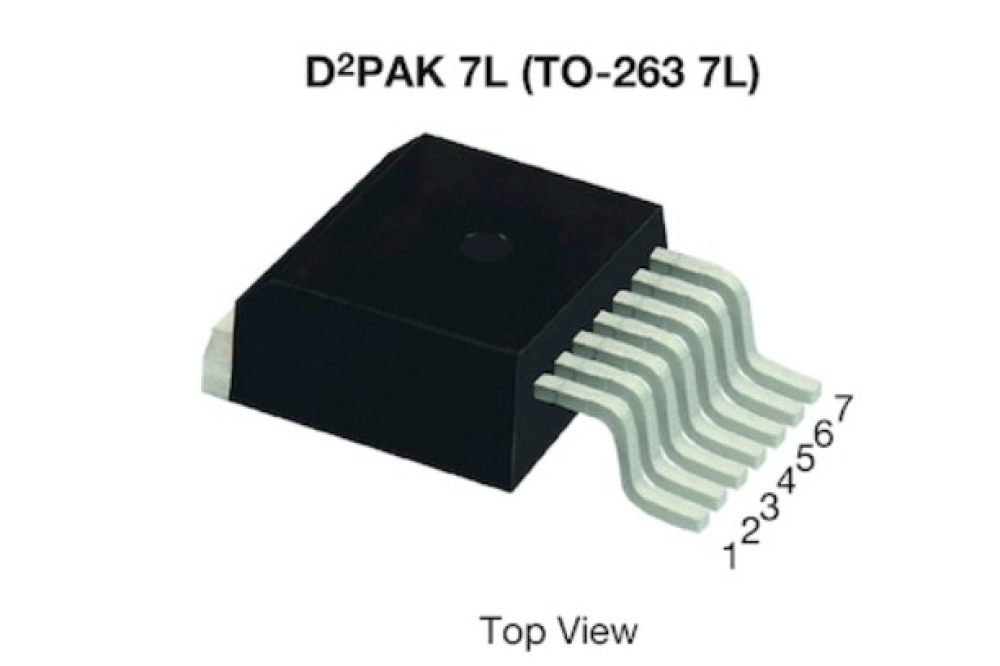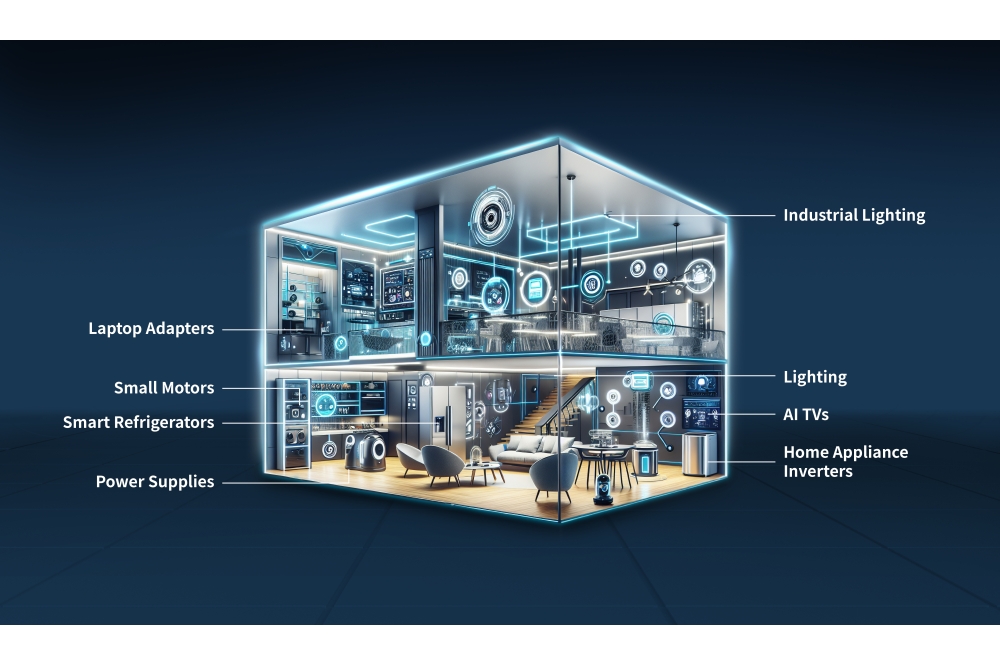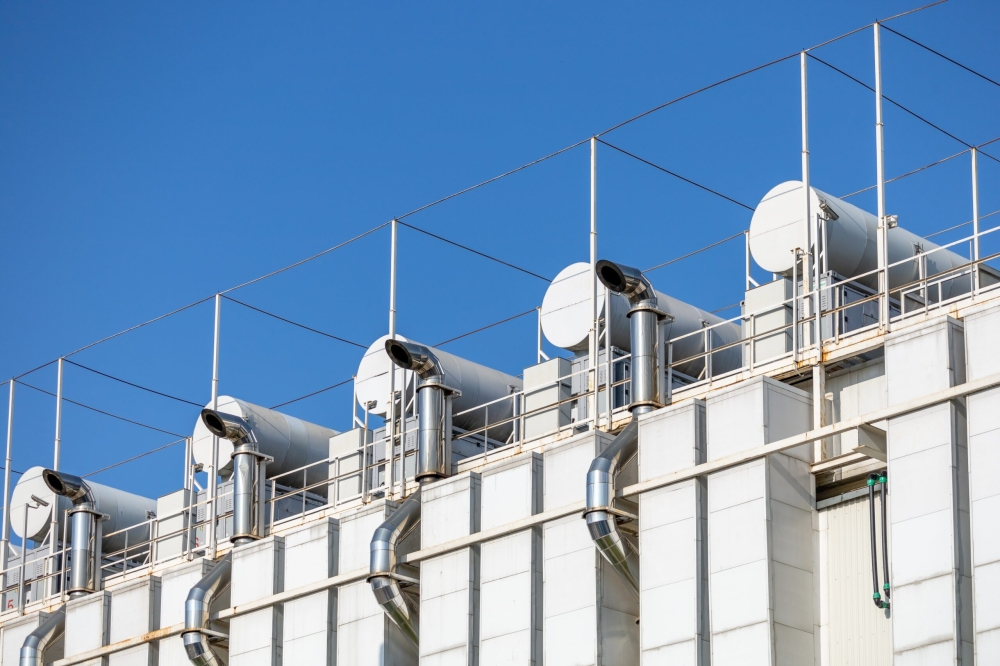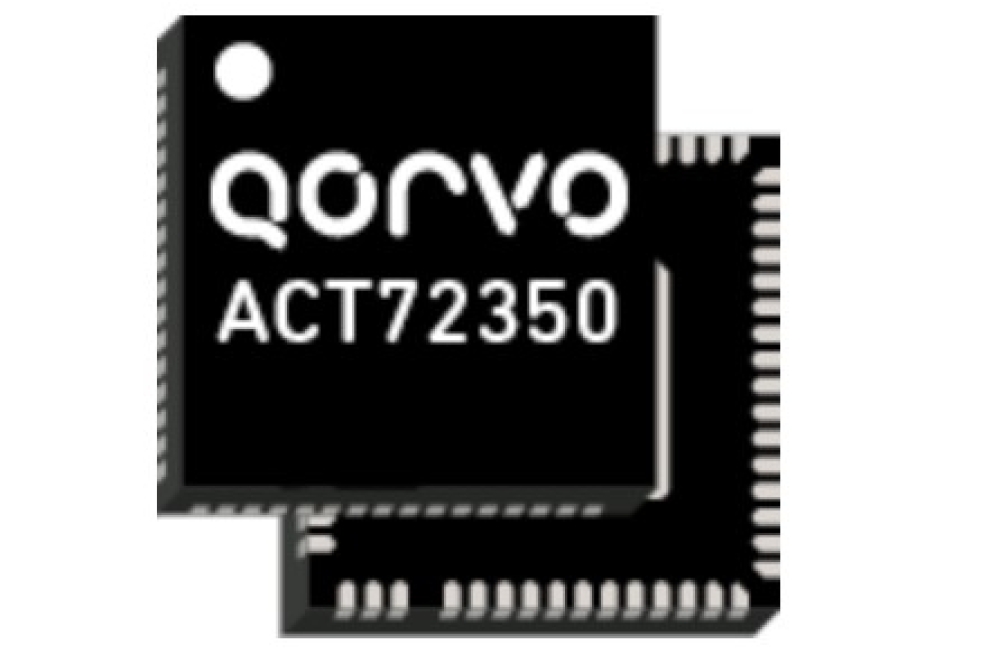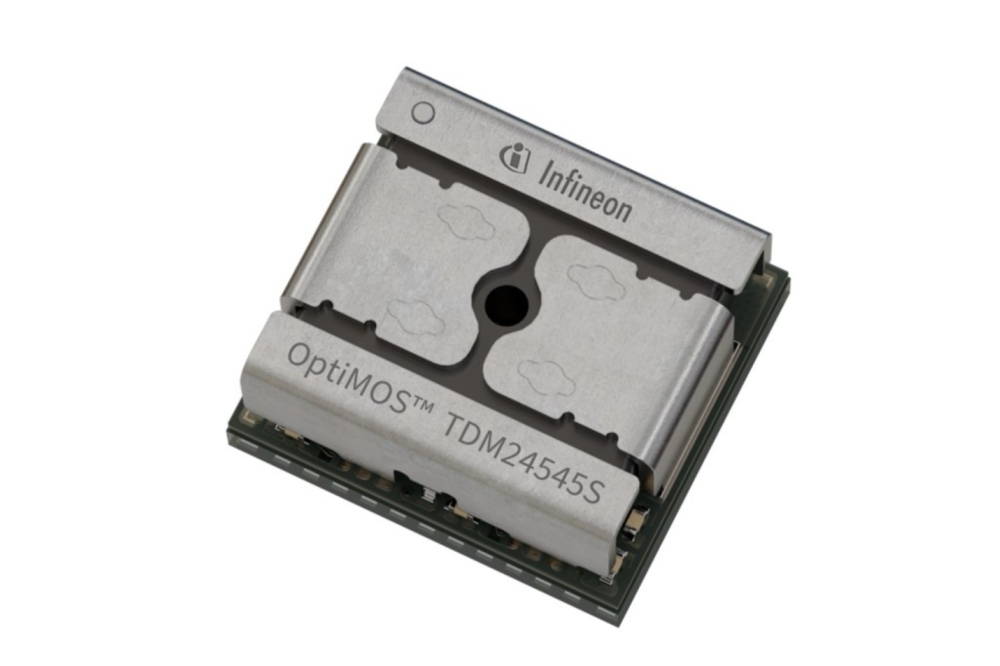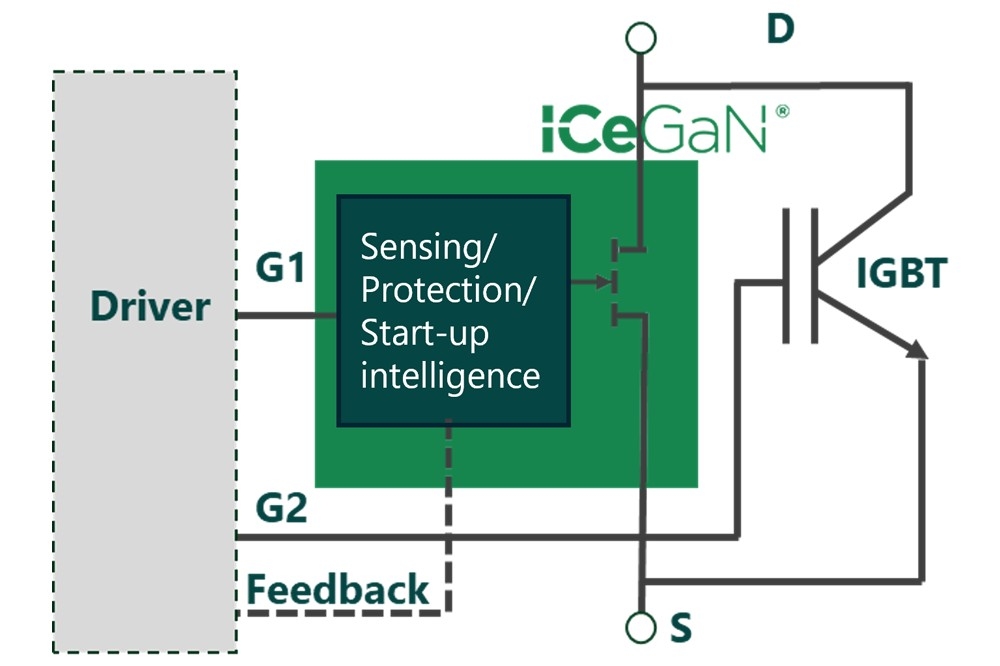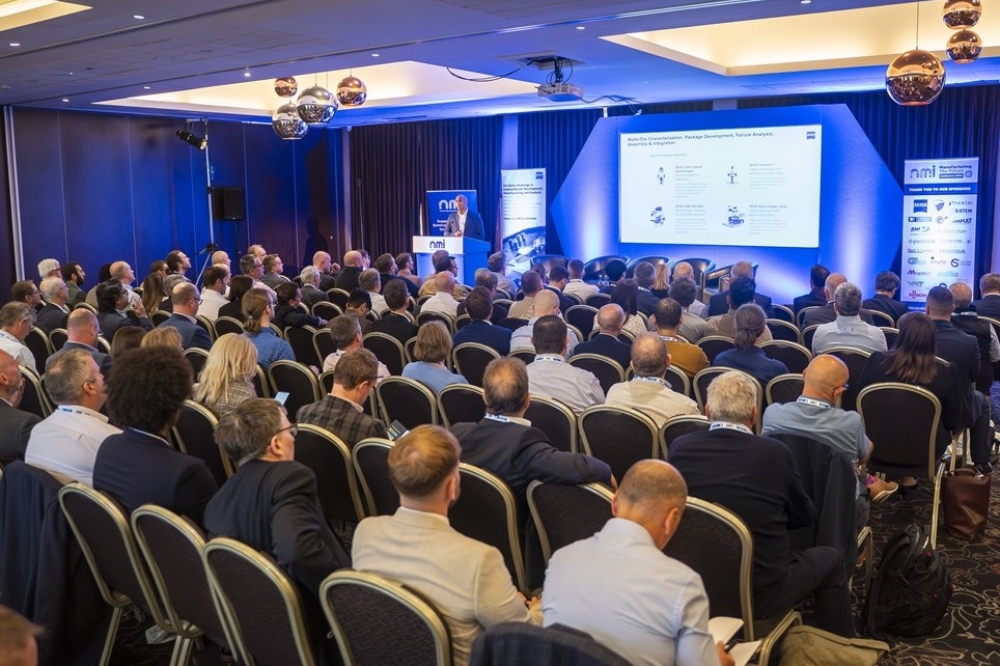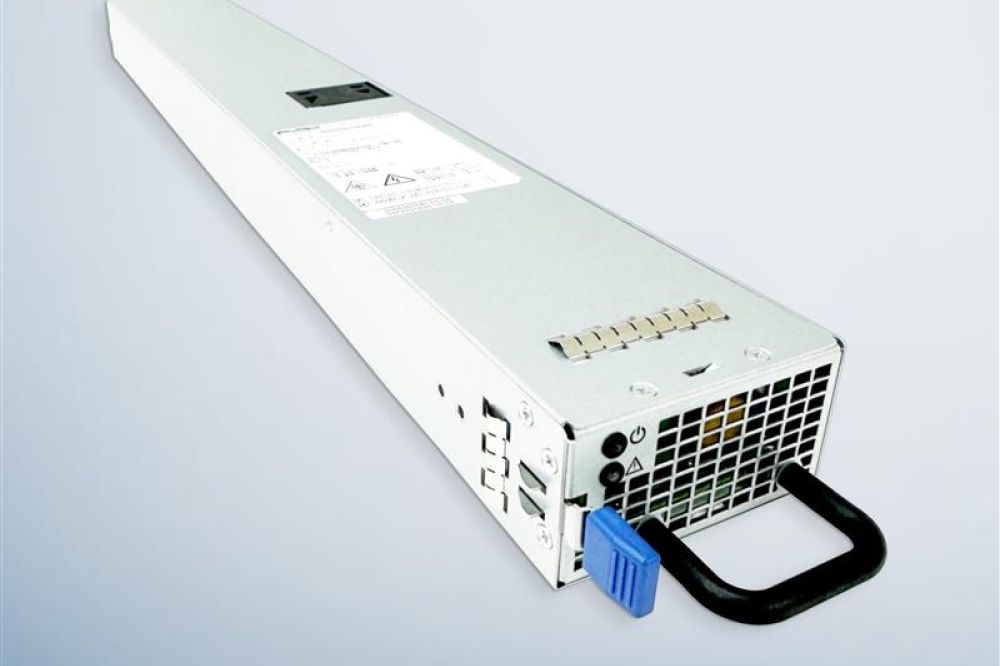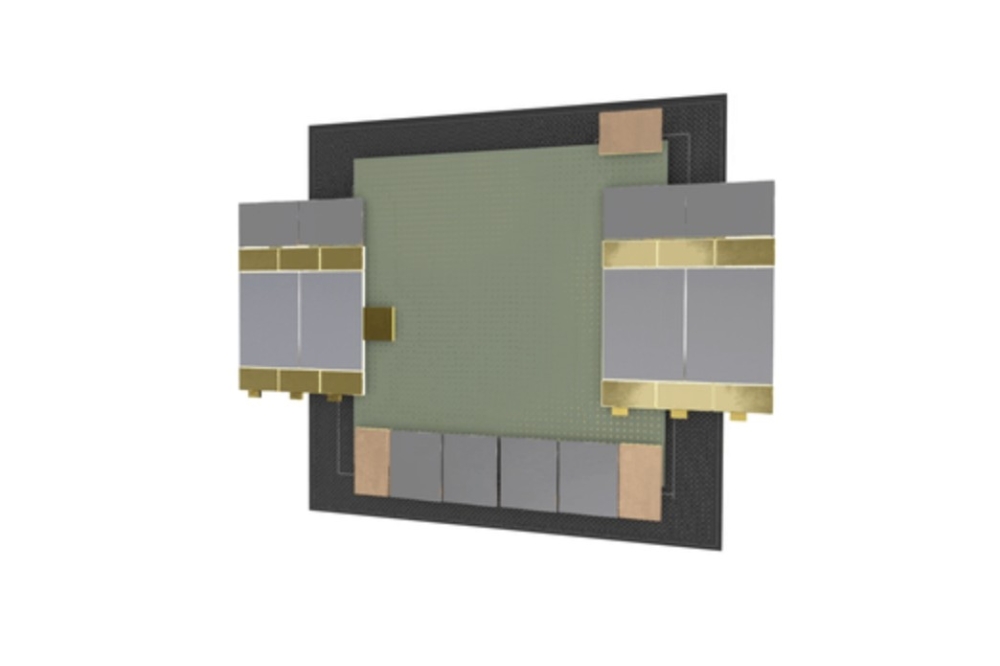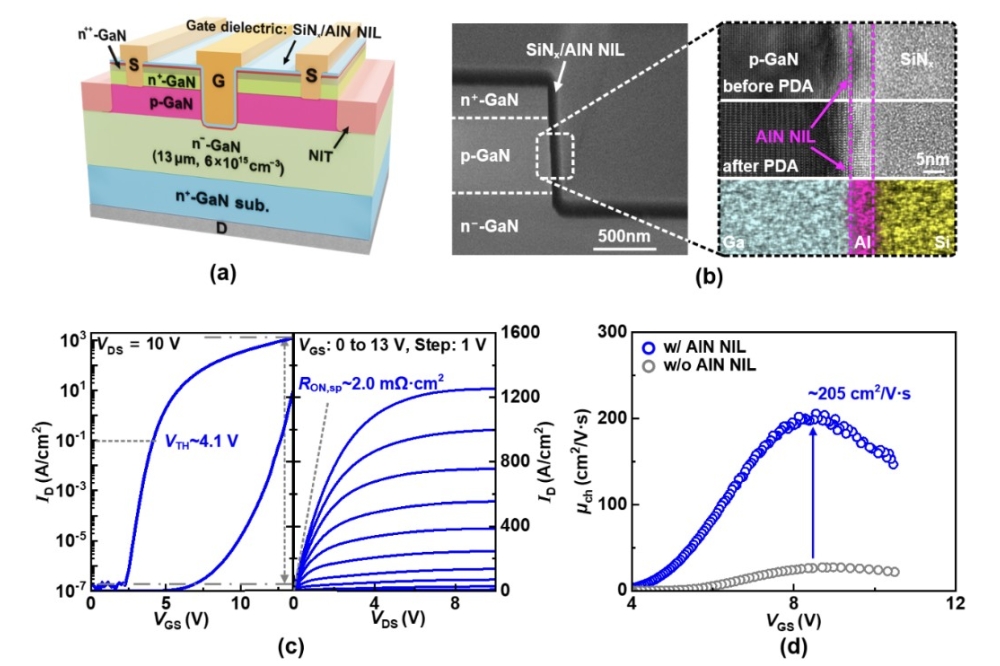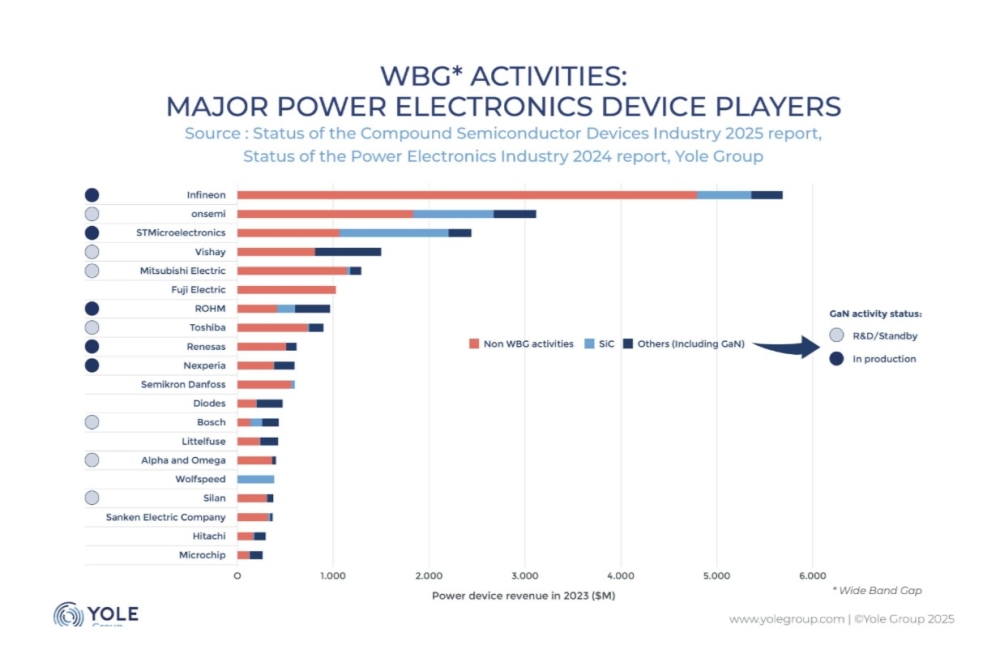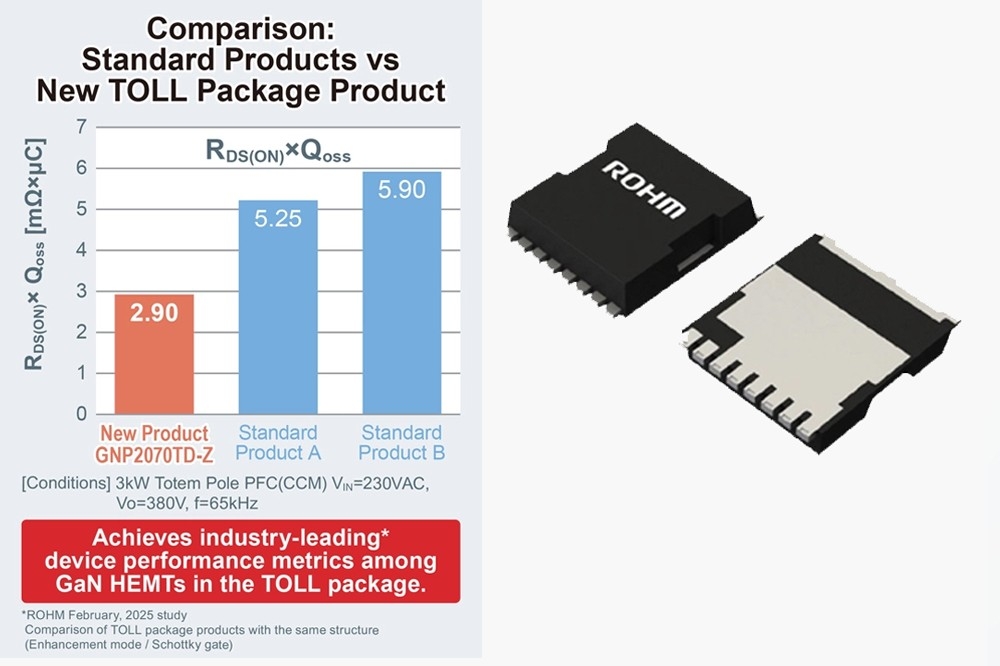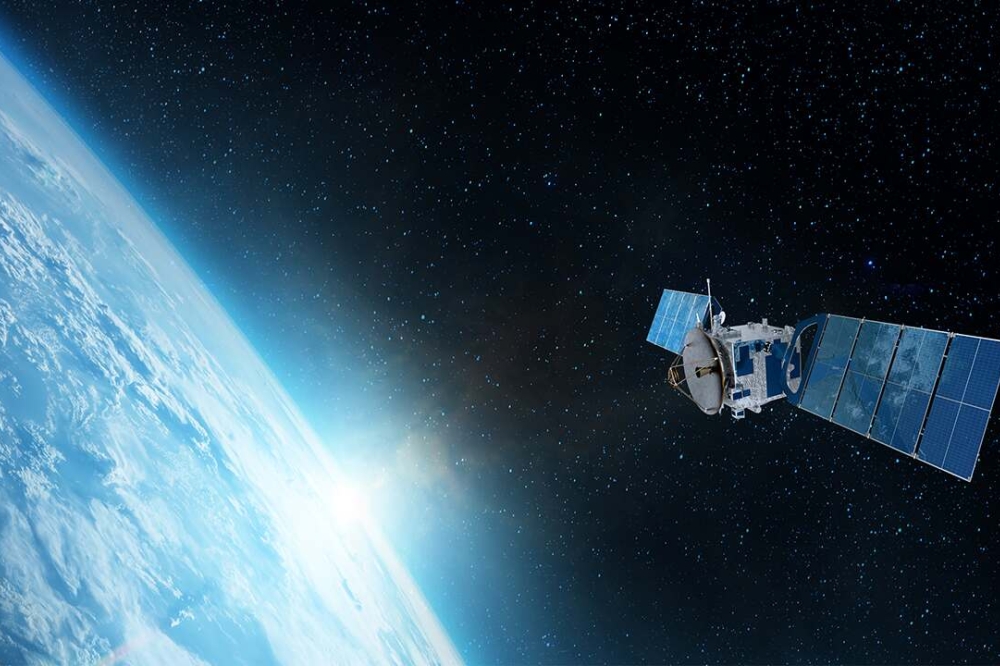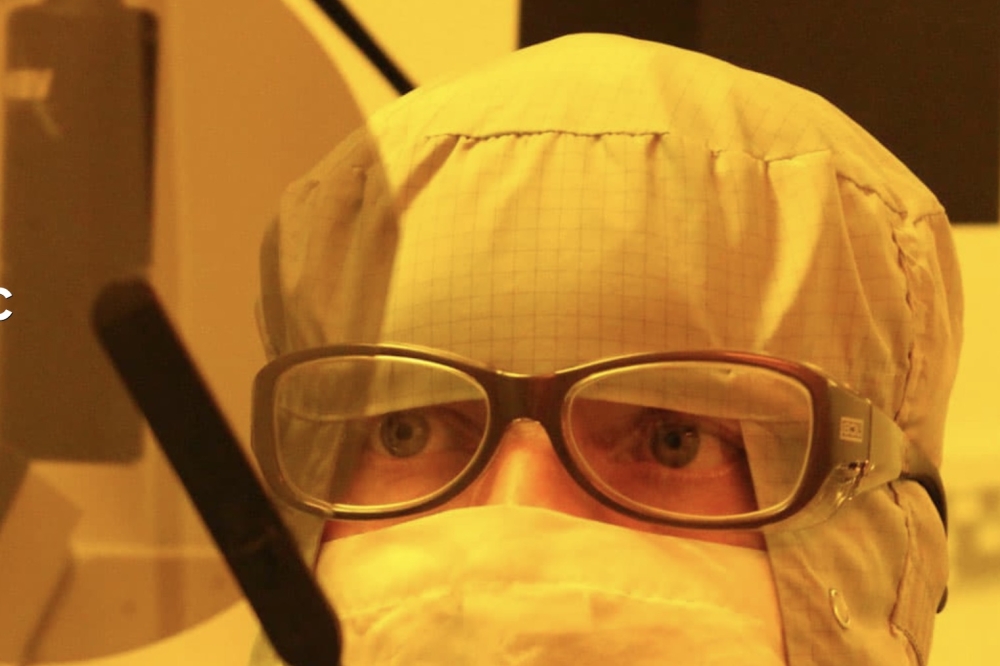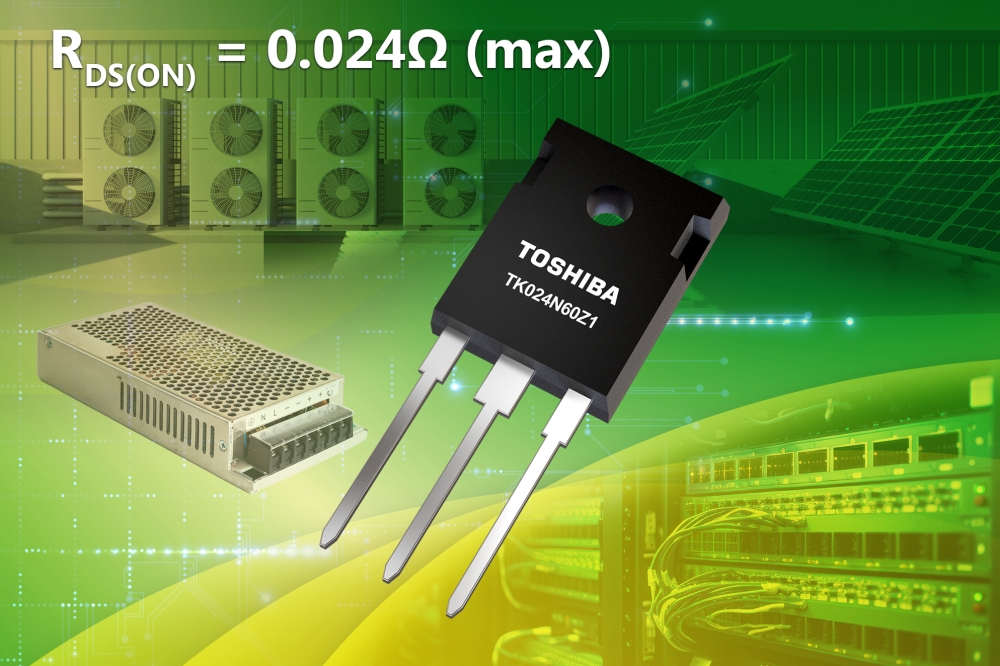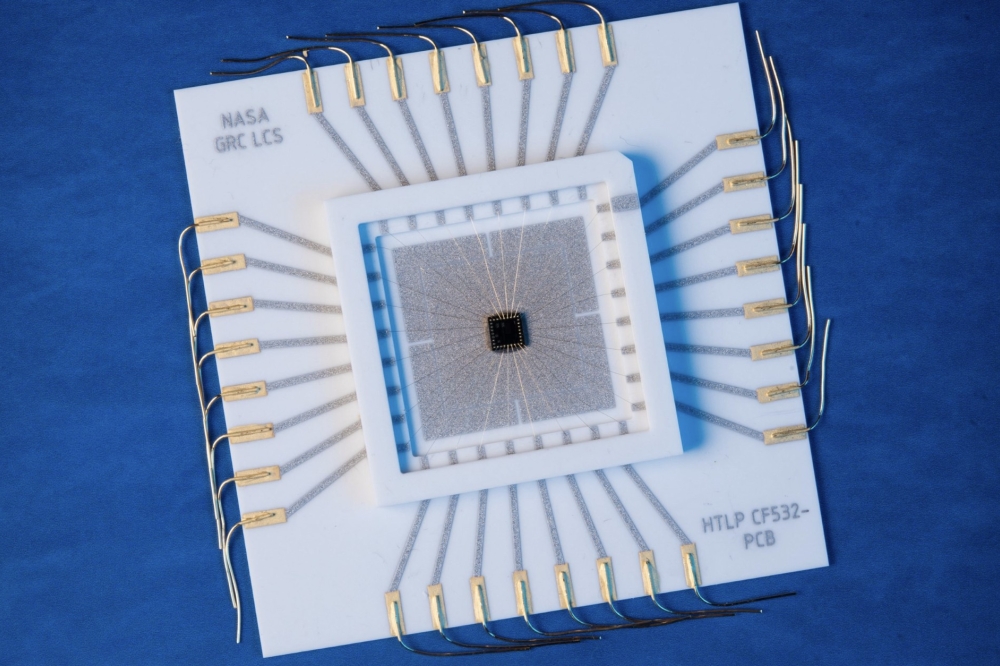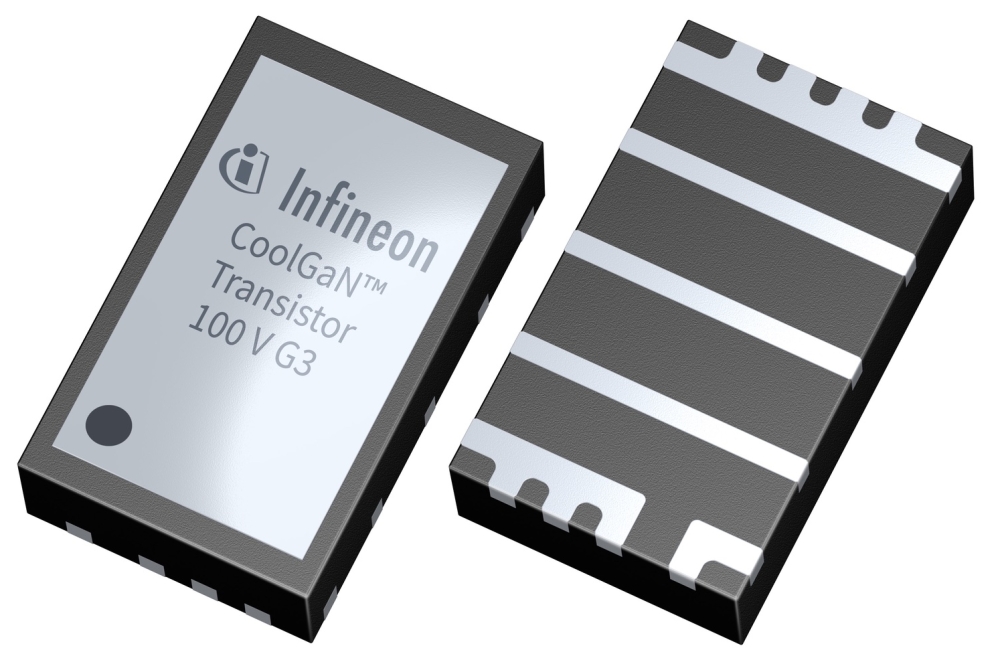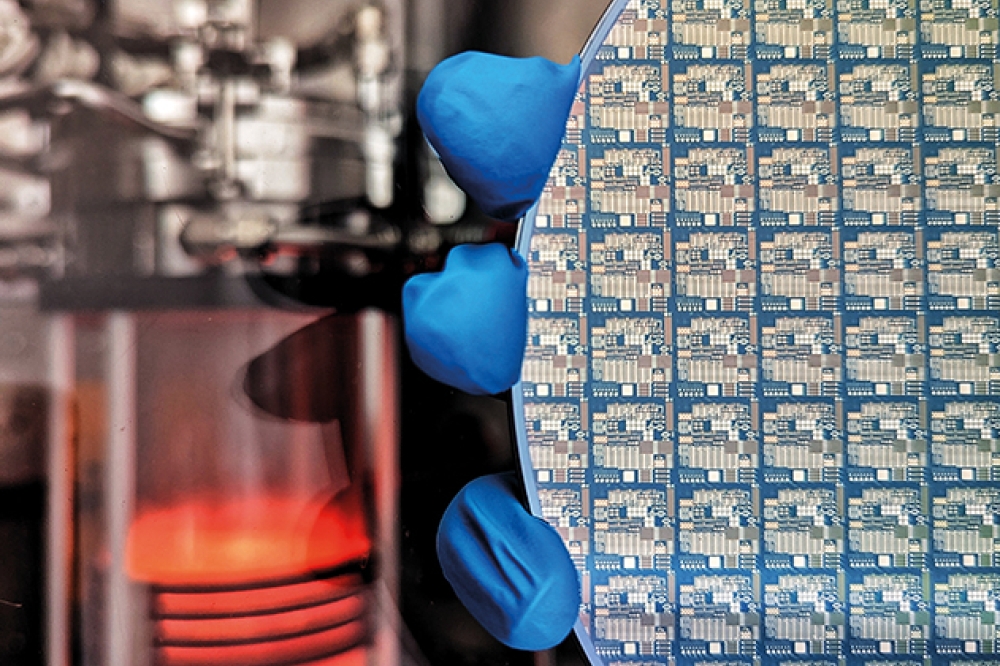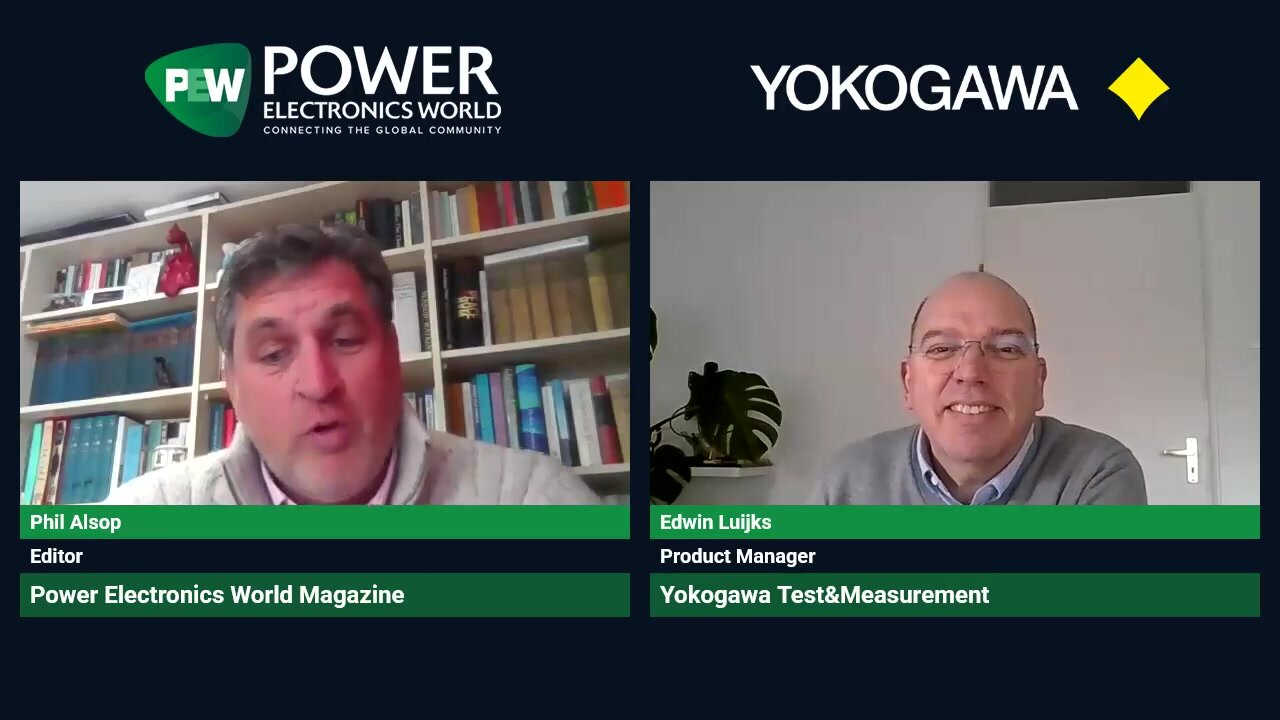Korean team develops method to evaluate SiC chips for space
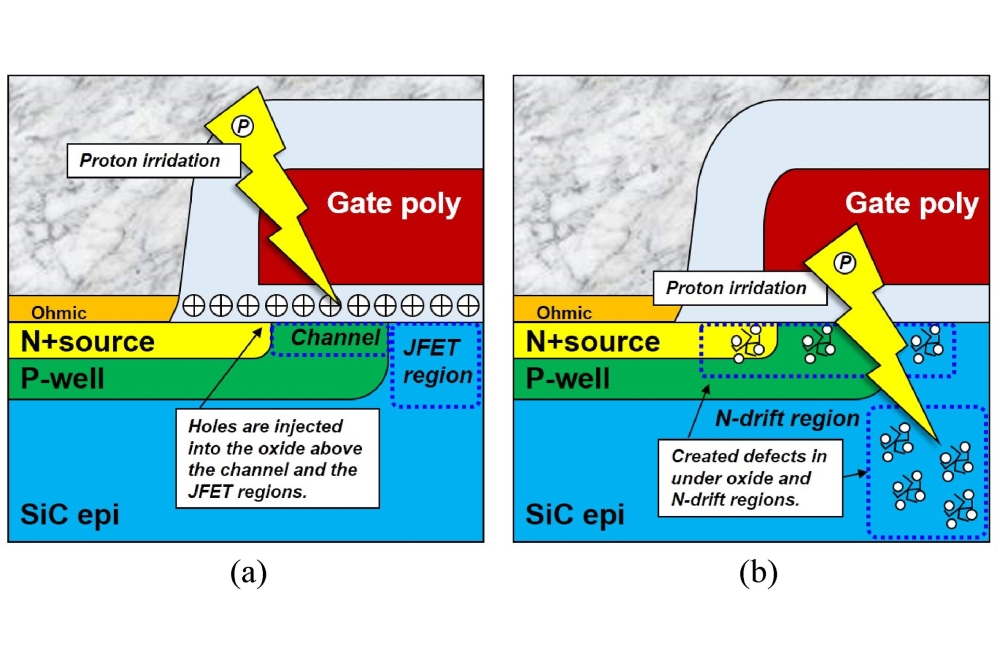
A research team at the Korea Electrotechnology Research Institute (KERI) has developed technology to evaluate radiation resistance and reliability of SiC power semiconductor devices in Space.
Space radiation is a major cause of degradation in the electrical characteristics of power semiconductors installed in aircraft, exploration vehicles (rovers), and satellites. While radiation effect research is actively conducted in the US and Europe, Korea's efforts have primarily focused on the quantitative analysis of radiation resistance in silicon power semiconductors, with limited research outcomes.
In Korea's first high-energy space environment simulation, KERI's team led by Jae Hwa Seo, created an extreme space radiation experimental environment, with protons making up 80–90 percent of the total composition.
To implement precise radiation exposure conditions, Seo's team used high-energy protons (100 MeV) from the accelerator facility at the Korea Atomic Energy Research Institute in collaboration with a team led by Yoon Young-jun from Andong National University.
Under these conditions, KERI analysed the effects on domestically developed SiC power semiconductors, including voltage changes, increased leakage current due to exposure, and lattice damage. The research 'Degeneration mechanism of 30 MeV and 100 MeV proton irradiation effects on 1.2 kV SiC MOSFETs' was published earlier this month in the journal Radiation Physics and Chemistry.
The results showed that drain currents were reduced at 30 MeV and proton fluences of 1 × 1014 cm−2 due to the displacement damage (DD) effect. Meanwhile, at 100 MeV, the protons mainly induced total ionizing dose (TID) effects, characterised by a negatively shifted threshold voltage. The on-state current at a gate voltage of 10 V and a drain voltage of 5 V of the test device with irradiation of 100 MeV and proton fluence of 1 × 1014 cm−2 was higher than that of the test device without irradiation because of a reduction of threshold voltage. (Pictured above are the radiation effects on SiC power MOSFETs: (a) TID effect and (b) DD effect.)
Using the accumulated data, the team have formulated design criteria to ensure the long-term reliability of SiC power semiconductors for space applications.
Jae Hwa Seo of KERI said, "Setting various radiation effect parameters and testing core components in similarly simulated environments is considered a key space industry technology worldwide," adding that "this technology will be applied across various fields including aerospace, medical radiation equipment, nuclear power plants, radiation waste treatment facilities, and military/defence electronics."
The research team plans to expand the technology's scope by pursuing reliability evaluations of SiC power semiconductors under ultra-high energy (over 200MeV) radiation conditions and developing advanced radiation-resistant power semiconductors.
Additionally, they are conducting research on future power semiconductors using diamond in collaboration with Gyeongnam Province and Japanese company 'Orbray'. Their goal is to contribute to Korea's development in high-value-added aerospace industries.



